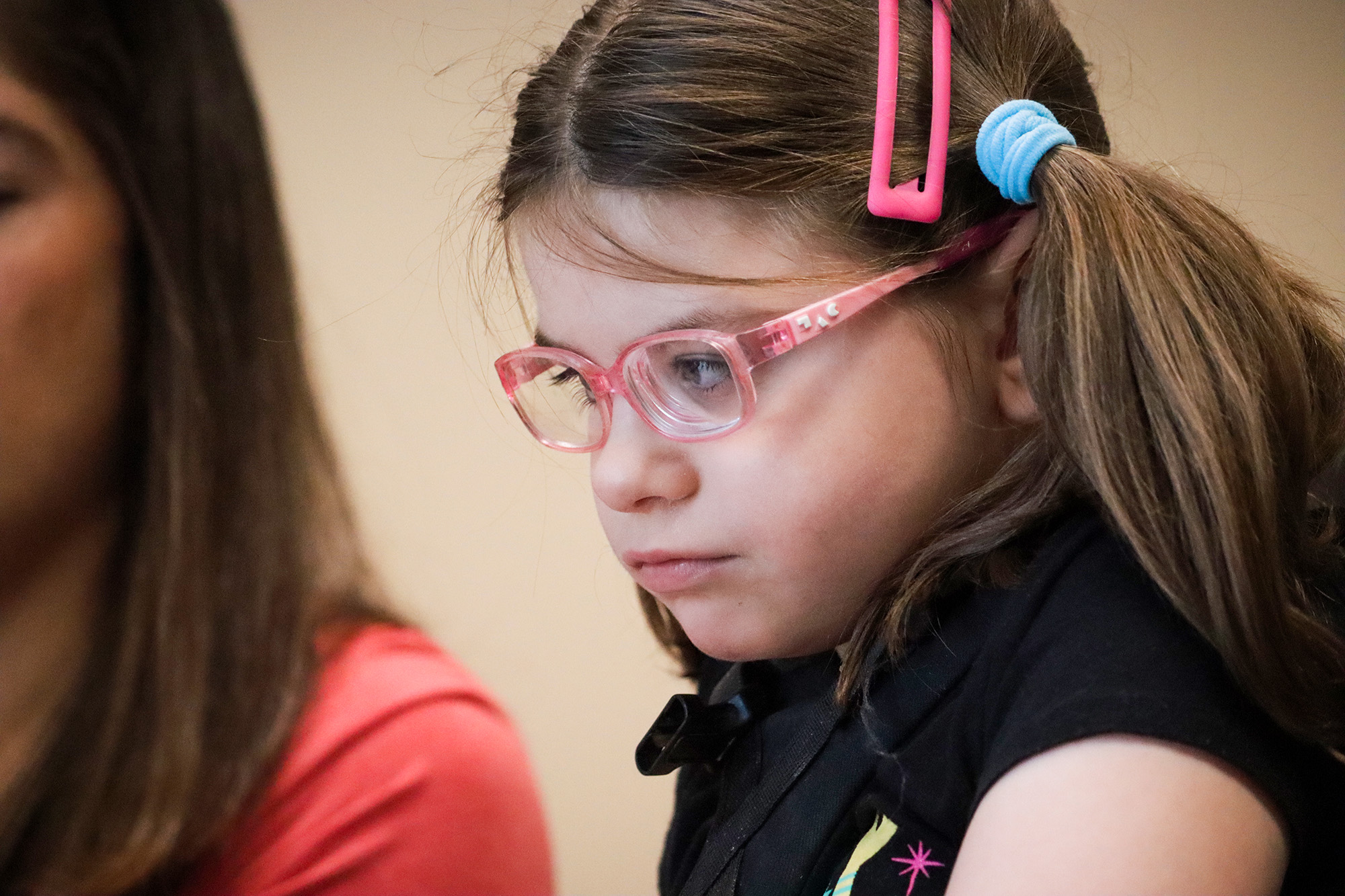Part 6 in our Series on Dismantling Societal Barriers to Communication Research
In our journey through the research by Light, Fager, Gormley, Watson Hyatt, and Jakobs, we’ve talked about big systems, tricky tech, attitudes, and skills. But today’s topic hits closer to the heart—because it’s about the most human need we all share: connection.
Even when someone has access to an AAC system… even when people believe in them… even when supports are in place…
They can still feel alone.
That’s what this post is about: social isolation as a societal barrier.
⸻
What Does Social Isolation Look Like for AAC Users?
• A student eats lunch alone every day—not because they want to, but because peers aren’t sure how to interact.
• A teenager with complex communication needs spends weekends at home while classmates go to football games and sleepovers.
• An adult with aphasia loses contact with old friends after a stroke because conversations feel “too hard” for others to manage.
• A child on an AAC system is talked about in IEP meetings—but not truly included.
The research tells us something heartbreaking: many people who use AAC report that making and keeping friends is one of the hardest parts of life.
And we know this isn’t just about being lonely. Social isolation has real consequences for physical and mental health. It limits identity, independence, and quality of life.
⸻
Why Does This Happen?
Because connection takes effort. It takes access, practice, and a willingness to slow down. And let’s be honest—our society isn’t always good at making space for communication that doesn’t come quickly or in typical ways.
And if people don’t see you communicate… they may assume you don’t want to.
That’s the danger of isolation. It’s self-perpetuating. The less we connect with someone, the easier it is to keep overlooking them.
⸻
What Can We Do?
✅ Create Real Opportunities for Interaction
It’s not enough to include AAC users in the room—they need to be part of the conversation. Build in social routines. Encourage partner games. Make time for shared storytelling, collaborative art, or group chats.
✅ Support Peer Relationships
Teach peers how to interact. Show them how the AAC system works. Better yet, have the AAC user teach them! Make friendship a goal—not just communication.
✅ Model Belonging
Use inclusive language. Invite AAC users into group activities, not just academic tasks. Don’t make participation conditional on perfect use of a device.
✅ Listen to the Hard Stuff
AAC users and their families sometimes talk about the pain of being left out—but it’s hard to bring up. Make space for honest conversations. Ask, “How can we help you feel more connected?”
✅ Celebrate Identity
AAC users are more than their devices. They’re athletes, gamers, artists, siblings, dancers, jokesters, activists, and friends. Support communication that expresses who they are—not just answers to questions.
⸻
A Thought to Carry With You
Glenda Watson Hyatt, AAC user and co-author of the paper, described how social isolation can feel like hitting invisible brick walls—over and over again.
And Blasko, a college student who uses AAC, reminded us:
“This isn’t just about wanting to be more social. It’s about health. It’s about life. It’s about being seen.”
Let’s make sure they are.
⸻
In our final post, we’ll talk about where we go from here—what the researchers say about future directions, and how all of us can be part of dismantling these barriers.














